Arnot Power Station
BRIEF HISTORY
Named after the farm on which it is situated, Arnot power station was ESCOM’s first modern, large generation station. Often describe as Eskom’s most scenic station, it is situated about 220 km east of Johannesburg on the Mpumalanga Highveld – an area formerly inhabited by the white rhino, which was honoured as the central symbol of the station’s official logo. The majestic animal’s reputed characteristic of no retreat is suitably matched by the determination and industry shown by Arnot’s employees. Qualities which have earned them outstanding acknowledgement for performance
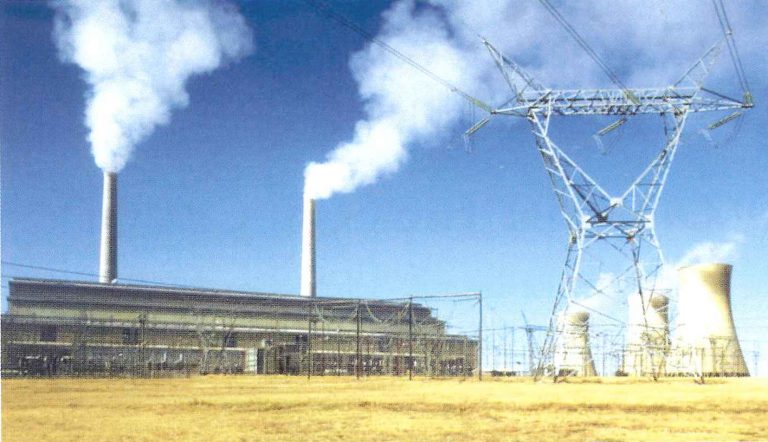
Unit 3 was the first to be put on load on 19 May 1971, and Unit 6 the last unit to be completedd, went on load in June 1975. Three units were mothballed in 1992 due to Eskom’s surplus generating capacity at the time. Arnot then ran only two of the remaining units, with one unit in cold reserve. These units, however, were recommissioned in December 1996, 1997 and 1998 respectively. This made the powr station the first in South Africa to be commissioned after mothballing, becoming a six-pack station again.
Arnot is still a competitive power station. In 1991 the power station broke the worl record of 32 days by running six units continuously for 35 days, 14 hours and 29 minutes. In 1996 it was third, after joint winners Matla and Tutuka of Eskom’s plant performance merit award. In 1987 Arnot won this award – making it the top power station in South Africa for that year.
Arnot power station was the first modern six unit coal fired power station commissioned by ESCOM. The vast flats surrounding the station are often graced with an abundance of cosmos flowers. Arnot boasts six units, each with a capacity of 350 MW, and an installed capacity of 2100 MW. Arnot was also the first to be commissioned with a reheat system and electronic automatic controls. |
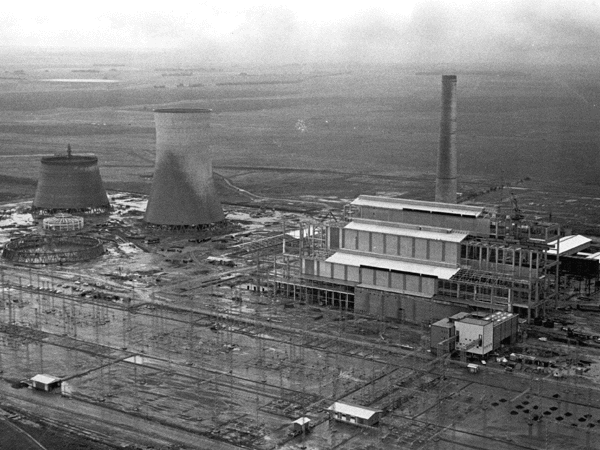
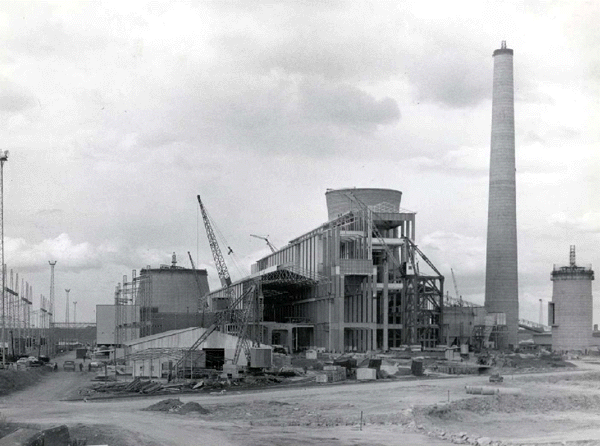
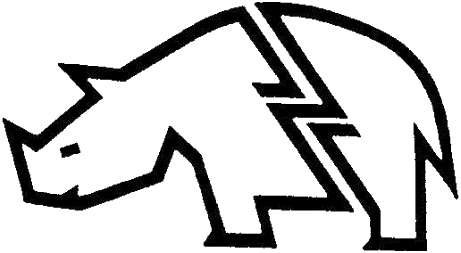
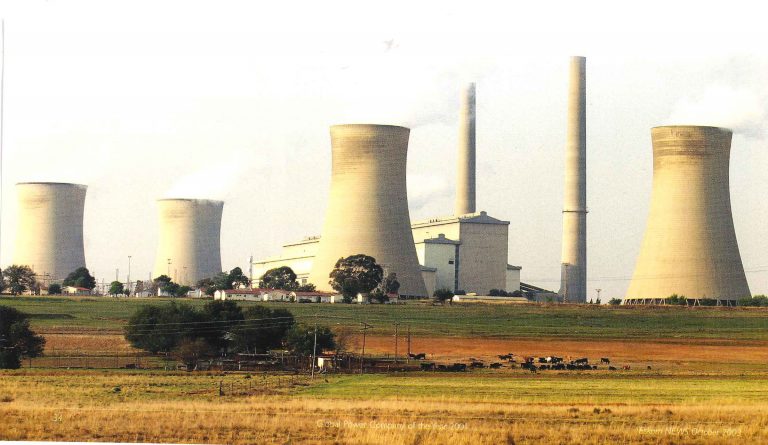
Dr R L Straszacker was the Chairman of ESCOM when it was decided to build Arnot. ESCOM then bought the farm Rietkuil from its owners. The seven original owners were: Mr Oosthuizen, Mr Venter, Mr Visser, Mr Brough, Mr Henning, Mr Streicher and Mr Greef. The Project was financed with approval of Capital Expenditure Management, and the Eskom Design and Construction Department was responsible for the design. Sufficient water and, especially, coal in the RietKuil area ensured the construction of Arnot power station in that particular location.
Construction
Construction commenced in 1968. The excavations of the foundations were about 60/70 feet deep. The last of six units was commissioned in 1975. Unit 3 was the first to go on load (9 May 1971 at 23:00). The next units came into commercial operation respectively: unit 2 – 10 September 1971, unit 1 – 21 July 1972, unit 4 – 19 July 1974, unit 5 – 10 July 1974 and unit 6 – 25 June 1975, at 21:45.
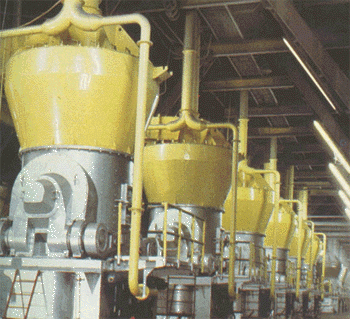
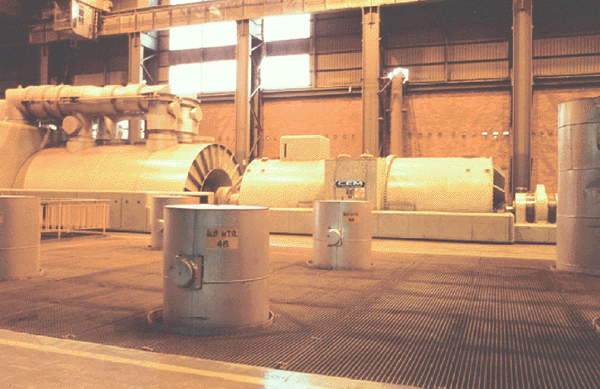
The construction of Arnot had a great influence on the lives of the community. Previously there were no medical or business facilities nearby. The nearest facilities were 40 km away from Rietkuil at a town called Belfast.
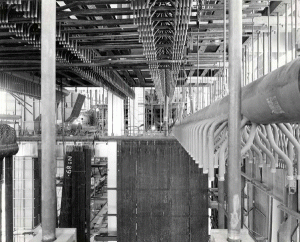
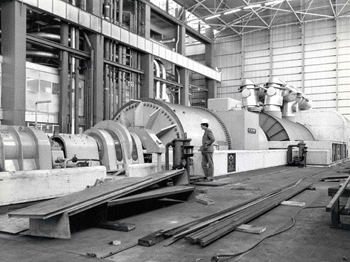
Residential Property
In 2000 the Rietkuil shopping centre offered a supermarket, butchery, bakery, pharmacy, hairdressing and banking facilities. Several churches were active in the community, and a doctor’s consulting room. A library took care of the need for reading matter, and at Rietkuil Country Club one could spend a pleasant evening out. Rietkuil Primary School was a dual medium school (meaning that instruction was given in English and Afrikaans languages). A daily bus service provided transport to high schools in nearby towns such as Hendrina and Middleburg.
Power Station Managers
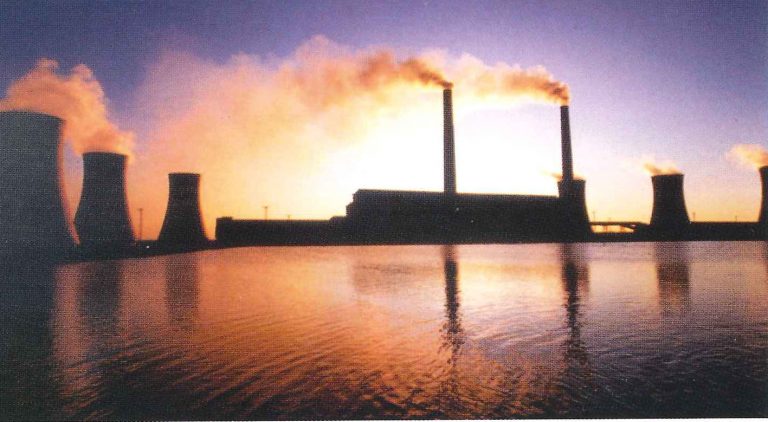
The first Power Station Superintendent at Arnot was Mr John Spears, Mr Ross Hatton succeeded him. Mr John Henderson succeeded Mr Hatton. Then came Mr Roger Matthews, Mr Gert Strydom, Mr Venna Venter (Acting as Power Station Manager), Mr Dries Struwig, Mr Peter O’ Connor and in 2000 Mr Carl Haupt were managing the station.
Awards Achievements
During its years of operation, Arnot re-wrote the record books a number of times:Arnot was a winning station in terms of plant performance and was awarded the Jan H Smith trophy in 1987 and again in 1989.In July 1991 Arnot also celebrated an outstanding performance. The station broke the world record of 32 days by running six units continuously for 35 days 14hours and 29 minutes. (an achievement at the time).The Arnot AmaZulu Dancers won the Eskom Tribal Dance Competition in June 1988 for the second year consecutively, and left on a tour to Germany on 14 September 1988.
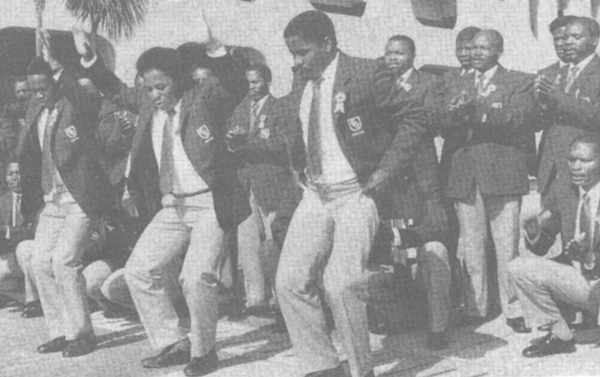
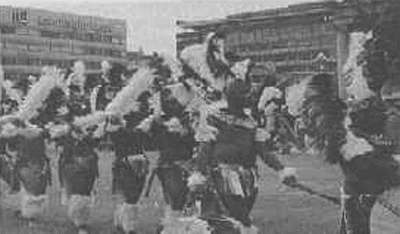
On the safety front, Arnot achieved three million man-hours without any disabling injury in 1986, 1990 and 1996 and four million man-hours in 1997. Achievement of the Affirmative Action target of 50.82% at the end of 1999. At the end of 1999 Arnot also boasted the lowest sick leave average of all Eskom power stations in the Generation Group.
SABOTAGE
In July 1981 intruders sabotaged the transformers at Arnot. They cut a hole in the security fence (a 7 feet wire netting) and blew up two of the transformers beyond repair. Professionals from the South African Police (Middleburg) investigated the site the next morning and disarmed another three limpet mines. No human fatality was recorded. After this incident, the fencing of all ESCOM power stations was electrified.
MOTHBALLING AND DE-MOTHBALLING
Another traumatic event in the life of Arnot and its employees was when the announcement was made to “mothball” the station, i.e. to decommission the units but to maintain them in such a condition that they could be re-commissioned if necessary. Due to an unforeseen downturn in the South African economy and consequent negative growth in the electricity demand, the decision was taken during 1992 to mothball Units 4,5, and 6.
The mothballing decision had a demoralising effect, not only on the Arnot employees, but also on the neighbouring community. When Arnot was mothballed it was also a first for ESCOM. A lot of time was spent to ensure that the units were correctly stored and that water and steam touched systems were kept dry. Oil and electrical systems were drained, cleaned and treated with corrosion inhibitors. All critical items on the plant were covered with plastic and regular inspections of plant condition were carried out.
The manpower numbers dropped dramatically from 1 494 employees in December 1991 (prior to mothballing) to only 937 employees at the end of 1992 (after mothballing). The restructuring process in Eskom (during 1992) also contributed to these manpower figures dropping.
The de-mothballing and re-commissioning of the units, announced in 1994, was a new experience for Eskom and the first operation of its kind in the Southern Hemisphere.
The re-commissioned units had bagfilters installed, which compare to huge vacuum cleaners, to remove the maximum amount of ash particles from exhaust gas. The units also came back with new control and instrumentation and are fully equipped to satisfy the demand for electricity.
As the quote says “Every dark cloud has a silver lining”, and Arnot’s sun shines again with the break of the new millennium. Arnot is the first power station to be re-commissioned after mothballing and became a “six pack” station again. Unit 4 came back on load on 28 January 1997, followed by Unit 5 on 22 November 1997 and unit 6 on 30 December 1998.
Technical Data
|
| ||
Generating capacity Installed capacity | 6 2 100 MW |
| |
|
| ||
Total boiler capacity (6 boilers) | 333 kg/s |
| |
Total circulating water capacity (8 pumps) | 9 200 m³/sec |
| |
Station efficiency | 33% |
| |
Date work commenced | May 1971 |
| |
Date final unit was commissioned | June 1975 |
| |
Max total coal consumption tons/day | 25 000 tons |
| |
Water consumption Ml/day | 95 760 ML |
| |
Turbine House |
|
| |
Turbines | Reaction-Impulse |
| |
Generators | 350 MW rating |
| |
Manufacturer of turbo-generators | Brown Boveri CEM |
| |
Steam conditions at turbine stop valve | 333 kg/s, 160 bar, 510ºC |
| |
Vacuum | 75 kPa |
| |
Speed of generators | 3 000 rpm |
| |
Generator cooling | Stator: Demineralised water |
| |
Generator Voltage | Rotor: Hydrogen gas 15 kV |
| |
Circulating water flow | 9.3 m³/s |
| |
Number of turbine house cranes | 2* (Main = 150 T, Aux=25T |
| |
Dimensions of turbine house | Width: 31 m, Length: 364 m |
| |
Boiler House |
|
| |
Boilers | 6 |
| |
Continuous rating | Pulverised Fuel-Drum Type |
| |
Boiler manufacturer | ICAL |
| |
Outlet pressure | 167 bar |
| |
Outlet temperature | 516ºC |
| |
Coal consumption at full load | 4 167 tons/boiler/day |
| |
Combustion control | Boiler Fuel Master |
| |
Dimensions of boiler house | Width: 96 m: Length: 364 m |
| |
Number of chimneys | 2 |
| |
Height of chimneys | 193 m |
| |
Coal Plant |
|
| |
Coal sources | Arnot/AMCOAL |
| |
Number of station coal staiths | 6 |
| |
Capacity of 6 staiths | 188 762 MT |
| |
Cooling Towers |
|
| |
Cooling tower type | Natural draught |
| |
Number of towers | 6 |
| |
Capacity | 9 200 cu. m/sec |
| |
Diameter of top | North 60.60, South 51.92 |
| |
Diameter at throat | North 54.25, South 48 m |
| |
Diameter of sill | North 85.65, South 76.4 m |
| |
Temperature drop | 15ºC |
| |
| |||
Water |
| ||
Main source |
| ||
Dam source | Nooitgedacht Dam 79 350 Ml Vygeboom 78 680 Ml | ||
Pipelines to Arnot | Wintershoek to Arnot | ||
Main pipeline capacity | 4.2 m³/s | ||
Station consumption | 95 Ml/day | ||
|
| ||
BIBLIOGRAPHY
Interviews
HISTORY OF THE DOG CENTRE AT ARNOT POWER STATION
The Centre was originally opened in 1974 as part of the Protective Services Security Training Centre. This was also the year that the first patrol dogs were trained. In 1982, studies indicated that Eskom would need about 2 000 dogs for security purposes but the Centre was not equipped to handle such a large number of dogs. Roodeplaat Breeding Enterprises in Pretoria then began to train handlers and dogs.
Unfortunately the quality of the training and the dogs did not meet Eskom standards. The Centre at Arnot was reopened in 1988. Seven bitches were imported from Germany in 1992 to improve the breeding stock, and since then rosettes and awards flooded the walls of the Centre.
THE AIMThe aim was not only to provide a service to Eskom but also to provide trained dogs for outside companies. Dogs were trained as patrol dogs and, later, in locating stolen copper cable. |
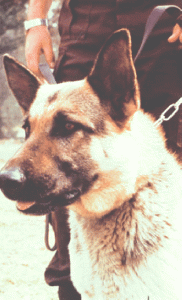
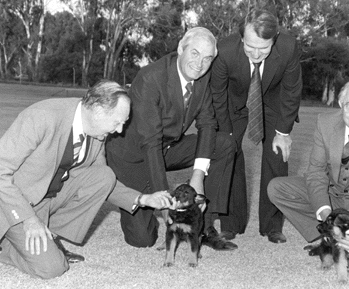
COMPETITIONS AND AWARDS
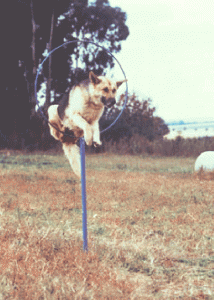
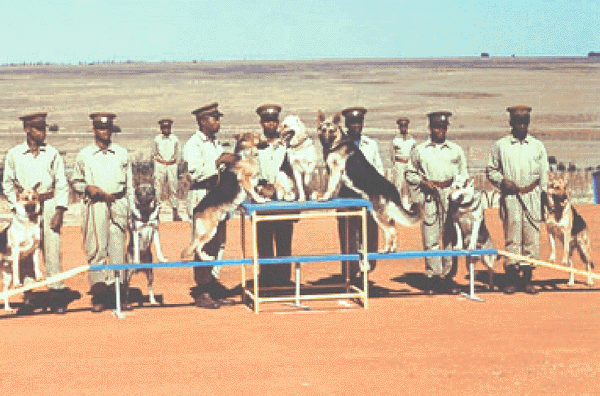
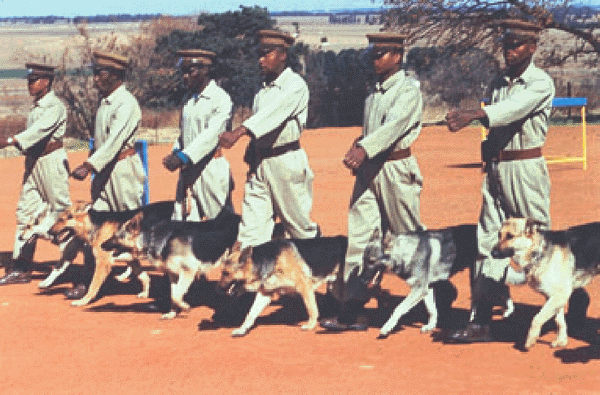
To enable a dog to obtain the VA grading (the highest possible grading which was only awarded once a year) the animals must have a working title, undergo a major attack on the day of the show, not be afraid of attackers and be able to run for about seven kilometres. The V grading was given to animals that showed great promise for the future. The Eskom Dog Centre had been acknowledged as one of the best kennels in South Africa with such high quality dogs. They boasted a total of four VA graded bitches. They won international honours.
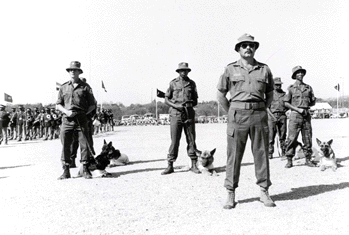
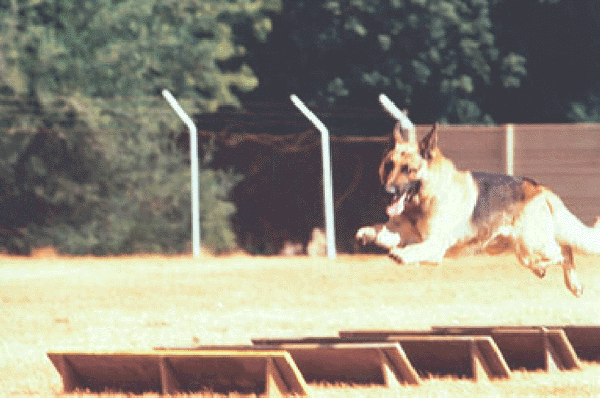
Eskom also took part in the South African Working Dogs Invitation Stakes (SAWDIS) competition annually. In the 1990 SAWDIS competition the Eskom Team won the event with a score of 95 out of a possible 100. Fourteen teams participated including the South Africa Police (SAP), South African National Defence Force (SANDF), Johannesburg Consolidated Investments (JCI), Gold Fields, Bophutatswana Police (BOP), BOP Prisons, South African Air Force (SAAF), Johannesburg City Council, Rand Water Board, SCAW Metals, Anglo American Gold Division, African Explosive and Chemical Industries (AECI SA) and Civilians. All of these were crack teams. The SAWDIS competition grew in stature from its start as a team event for action dogs in 1976 with teams from the SA Army, SA Police, SA Prisons Service and the Civilians. It was specially devised to test the dogs and handlers for the ability and efficiency of the dog and the training capability of the handler.
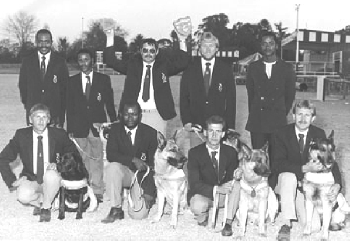
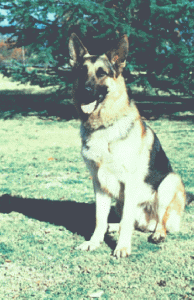
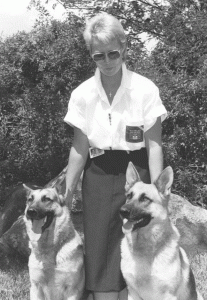
Overseas breeders were starting to look at South Africa for dogs due to the favourable exchange rates. Unfortunately, the plan to run the Centre as a business, providing a service to outside companies never really got off the ground,. The centre became too expensive to maintain and was no longer an economically viable proposition. Approximately 14 animals were kept for replacement purposes for the operational dogs used by Protective Services. Calls then came flooding in from the public to purchase these dogs. After all, the dogs were from German stock and could fetch prices of up to R25 000 per bitch. This did not mean that Eskom would no longer use dogs for security purposes.
Eskom News
Megawatt Magazines
Kobus Olivier – Eskom Protective Services
THE AIM
The aim of security training in Eskom was to create a security force able to protect, as far as possible, a national asset, namely Eskom’s plant, buildings and staff, from theft, violence and sabotage.
THE SECURITY FUNCTION IN ESKOM
|
Training played an important role in establishing the security force as an effective part of Eskom. In 1974 the Security Training Centre opened at Arnot power station. The training at Arnot compared extremely well with training in other organisations, with the result that not only Eskom security guards were trained there but also security personnel from outside Eskom. The effectiveness of the weapons training was evident from the results of various national shooting competitions. |
Following various developments in Southern Africa, security of assets took on a greater importance. This was particularly so in the case of the electrical generation and supply industry which is really the lifeblood of a nation.
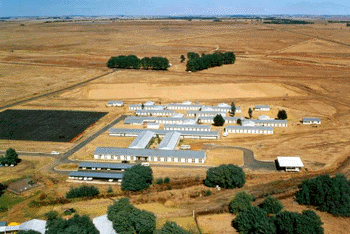
It was Dr Ian McRae (now retired Chief Executive) who, in 1975, arranged for a two-day Security Awareness session, to be attended by power station superintendents and other senior officials. The session was held at Arnot and hosted by the Education Department. It comprised lectures on security and the passing out parade of the second large group of black security guards. The passing out parade of security personnel was the culmination of a gruelling three-month course which included drill, physical training, law, criminal procedure, human relations, Eskom security, accident prevention, fire-fighting and dog-handling. |
The programme ended with a display of dog handling by guards trained by dog handlers. With amazing obedience these dogs captivated the audience. Despite the distraction of abnormal steam blasts from the power station, which made it difficult for them to hear the instructions, the dogs demonstrated their ability at drill, scenting, physical training, crowd control and even clowning.
The parade programme comprised the march-on of the trainees, the arrival of guests of honour, the prize giving at which the trophies for the best students were presented, a march past led by the drill instructor and a PT display with all the exercises done in time to singing.
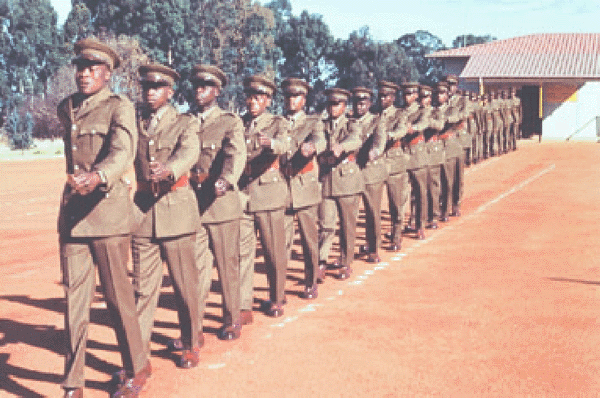
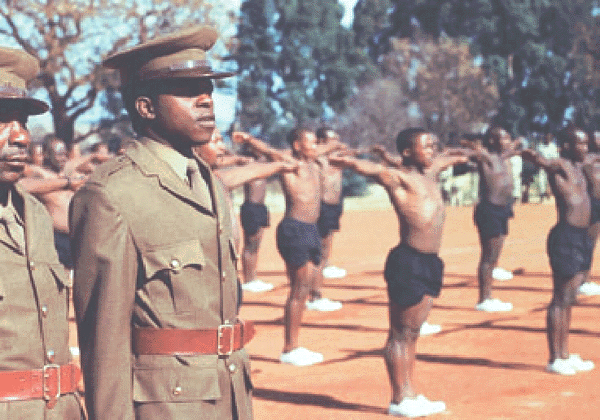
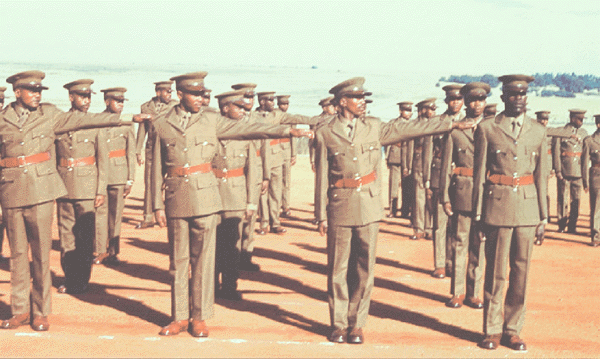
With the first incident of sabotage in 1981 the focus changed again and even more importance was attached to the security department.
NATIONAL KEYPOINT
As a result of the introduction of the National Keypoint Act (Act 102 of 1980) the Security Training Centre at Arnot, established in 1974, was registered in 1983 as a National Keypoint training establishment.
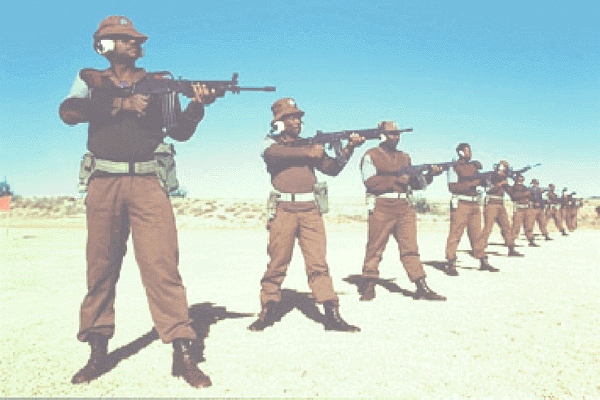
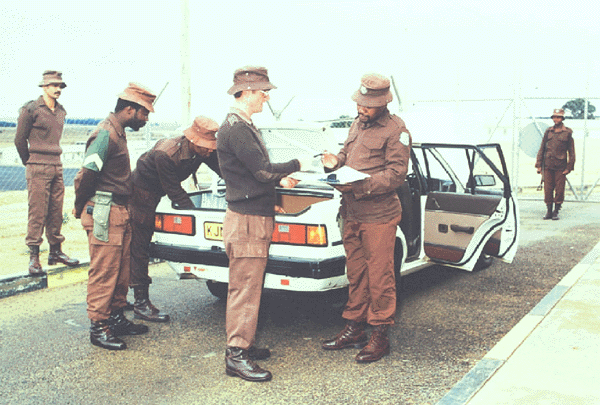
Various courses had already been developed to suit individual needs. All security personnel were trained within 12 months of their appointment. The training was work orientated and based on the individual’s level of competence.
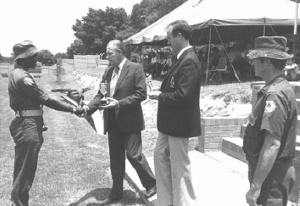
Numerous security personnel joined Eskom from the Defence Force and South Africa Police. They completed a training course in six weeks which concentrated on the development of supervisory skills and leadership orientation. Entrants with no experience were trained for eight weeks in basic skills. All guards at National Keypoints carried weapons and radios. |
The National Keypoints Act laid down standards for courses. Students had to obtain 60 percent in written examinations to qualify. Internal Eskom examinations in weapons handling (70%) and legal subjects related to the use of firearms were also held. The passmark in these was 100 percent.
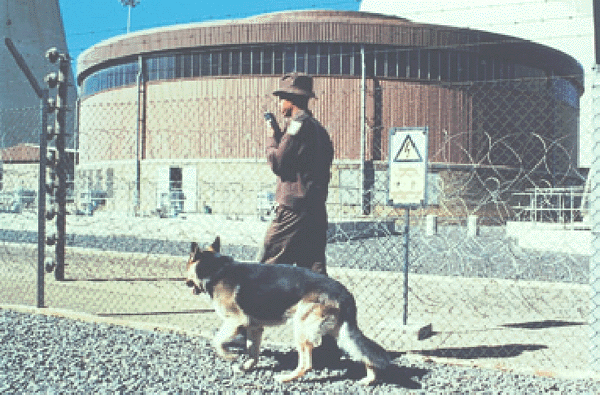
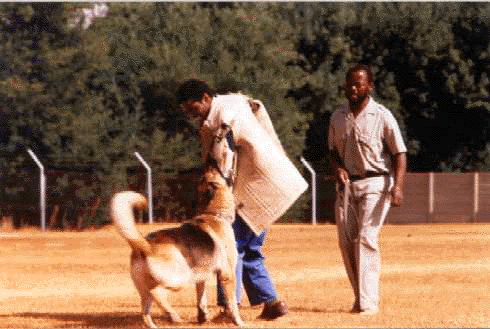
Various courses were developed to concentrate on the continuous development of skills and to determine training needs.
During a period of one year 1080 officials were trained at Arnot (consisting of three Companies and twelve Platoons of thirty students) then the numbers were gradually reduced to 530.
CLOSURE
During 1992 the training centre moved from Arnot power station to Wilge power station where the operation was finally closed down in October 1999. Each Eskom site is now responsible for its own security training.
Bibliography
EskomNews
Megawatt Magazines
Kobus Olivier – Eskom Protective Services
